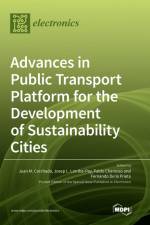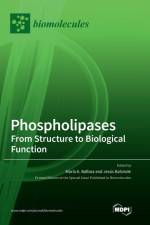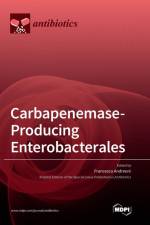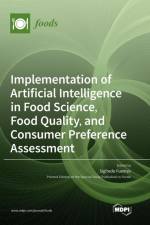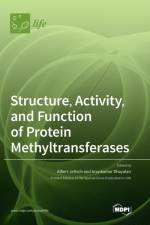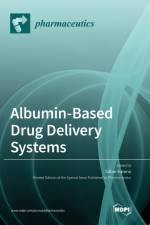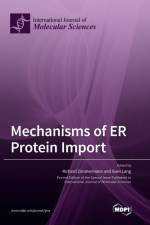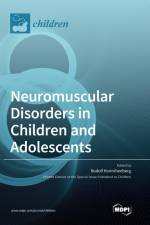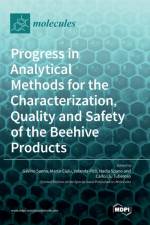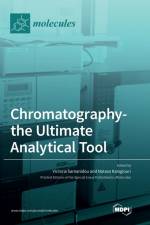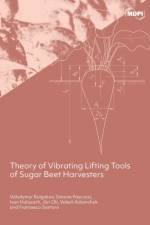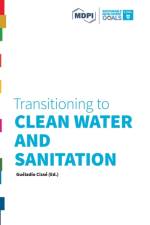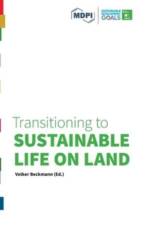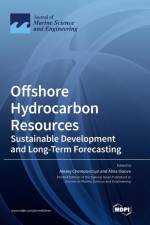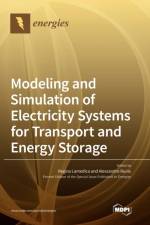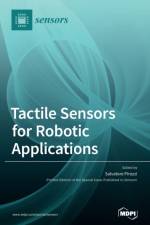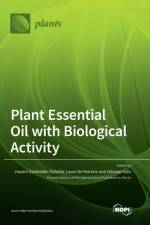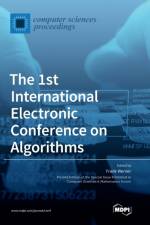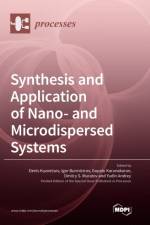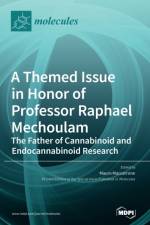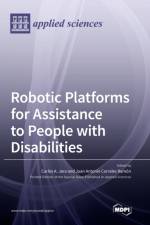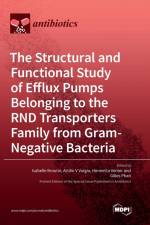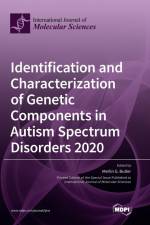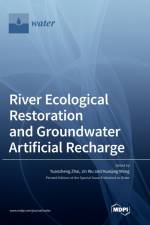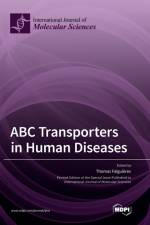845
The Identification of the Genetic Components of Autism Spectrum Disorders 2020 will be a useful resource for laboratory and clinical scientists, translational-based researchers, primary healthcare providers and physicians, psychologists/psychiatrists, neurologists, developmental pediatricians, clinical geneticists, teachers, special educators, and caregivers involved with individuals who have autism spectrum disorders (ASD), with the goal to translate information directly to the clinical, education and home settings. Other professionals, students at all levels, and families who are interested in this important neurodevelopmental disorder will find this textbook of value by obtaining a better awareness of the causes, testing, and understanding of genetic components leading to autism, and research that may open avenues for treatment with new approaches. This textbook includes nine chapters divided into three sections (clinical, genetics, other) written by experts in the field dedicated to genetics research and clinical care, description, and treatment by generating reviews for ASD and related disorders. These chapters include information on discoveries, risk factors, causation, diagnosis, treatment, and phenotyping with characterization of genomic or genetic factors and the environment, as genetics play an important role in up to 90% of individuals with autism via over 800 currently recognized genes.

